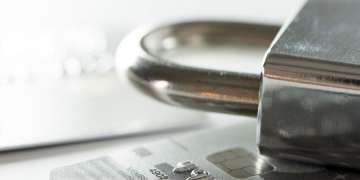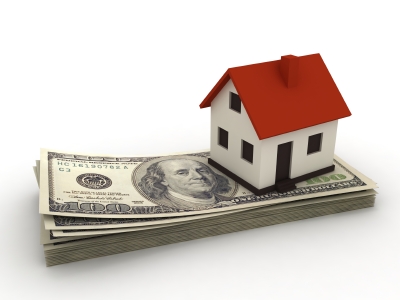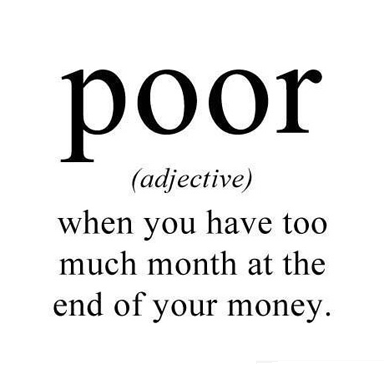About one-quarter of students who took out federal loans to attend for-profit colleges defaulted within three years of starting repayment, according to a new federal analysis.
The 25 percent default rate in the for-profit sector, part of an Education Department report to be published Friday, was up from a 21 percent rate estimated in December 2009.
Loan defaults are on the rise throughout higher education because of economic troubles. The three-year default rate for public colleges is now about 11 percent, up from about 10 percent in the previous report. The rate for private nonprofit colleges is about 8 percent, up from about 7 percent.
Federal officials cautioned that the new data, which measured defaults over three years among a group of borrowers who entered repayment in fiscal 2008, are preliminary and are not being used for enforcement. Still, the figures underscore growing challenges facing the for-profit sector.
The Obama administration is considering new regulations related to student debt and loan repayment – an effort that federal officials say would help ensure students in for-profit colleges find “gainful employment.” Many leaders in the for-profit sector – including executives from the Washington Post Co., which operates the Kaplan line of for-profit schools – oppose the proposal.
But loan default measurements will be relevant even if the industry successfully blocks that proposal. Under federal law, schools must keep loan default rates below a certain level or they lose eligibility to participate in federal financial aid programs. A 2008 law ordered a switch, over several years, to a three-year default metric. For enforcement purposes, the government currently measures defaults over two years, which tends to yield a lower rate.
Harris N. Miller, president of the Association of Private Sector Colleges and Universities, said for-profit schools are “obviously concerned” about default rates and are taking steps to lower them.
Sen. Tom Harkin (D-Iowa), who favors tighter regulation of for-profit schools, said the new default data show that “serious questions have to be raised about the taxpayer investment in these companies.”






















